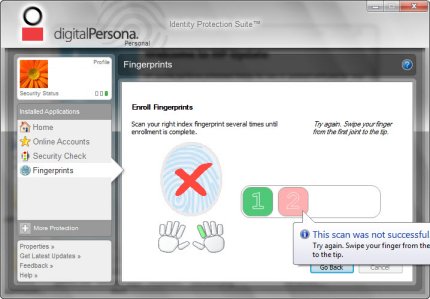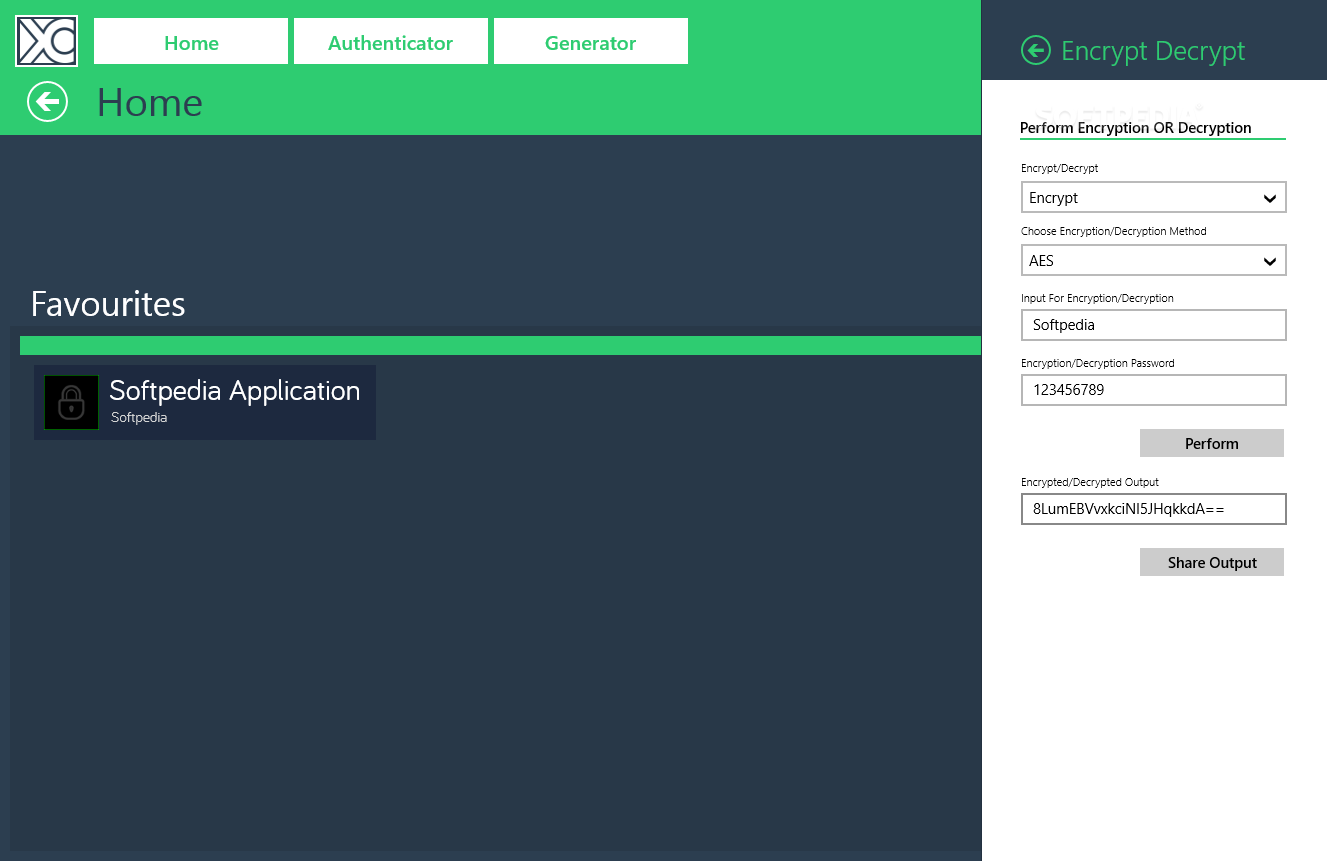

The Windows Credentials page ( Figure G) shows all the network connections for which the Credential Manager stores account information. To do so, just click the Remove link, and click Yes when you're prompted to confirm the delete operation ( Figure F).įigure F You can delete old entries. If so, you should get rid of those entries. As you look through these duplicate entries, chances are that you'll find that only one of them is the current and others contain old, incorrect, or expired credentials. In the Web Credentials section, you may find duplicate entries. Then, after the time expires, you'll be prompted to enter your Windows logon password again.įigure E After you enter your Windows logon password, you'll be able to see the passwords in the Web Credential entries. You'll also discover that after you enter your Windows logon password, you'll be able to view all of the passwords for a short time. You'll also notice that the link now shows Hide. After you click OK, you'll see your password is longer hidden in the entry ( Figure E). When you click the Show button, you're prompted to enter your Windows logon password. You'll also notice that the password is hidden, and the item includes a Show link ( Figure D).įigure D The contents of an entry include all of the credential information. The Roaming item indicates that this is not a local account. When you expand an entry, you can see the contents not only include the username and password, but the website address and the name of the application that saved the address. As you can see, I've blurred out all but two of the entries in my example. The Web Credentials page ( Figure C) shows all of the websites for which the Credential Manager stores account information. Windows 8.1's Credential Manager contains two separate pages for Web Credentials and Windows Credentials. While the visual separation between the two isn't apparent, these credentials are actually on separate pages. Windows 8.1's Credentials page allows you to manage Web Credentials and Windows Credentials separately. In a moment, you'll see the Credential Manager user interface ( Figure B). Then, type Credential in the text box, and click Credential Manager in the results panel ( Figure A).įigure A You can use Search to launch Credential Manager.

To begin, use the + keystroke to access the Search Settings page. In this article, I'll introduce you to the Windows 8.1's Credential Manager and explain how it works. The GUI front end for this vault is called Credential Manager, and it's designed to allow you to easily view and manage your network-based logon credentials (i.e., usernames and passwords).
#DIGITALPERSONA PASSWORD MANAGER WINDOWS 8 PLUS#
For example, the vault can store credentials and then use them to automatically log you into online services such as Hotmail and OneDrive, Microsoft Office services such as Outlook Web Access for Exchange Server, plus Windows servers and Remote Desktop connections. Having your credentials stored in this vault allows you to be able to automatically log on to a server/site without first being prompted to provide a username and password. Whenever you respond to a prompt that essentially asks if you want Windows or Internet Explorer to remember your password, the operating system will then store your user credentials in an encrypted file scheme known as the Windows Vault.


 0 kommentar(er)
0 kommentar(er)
